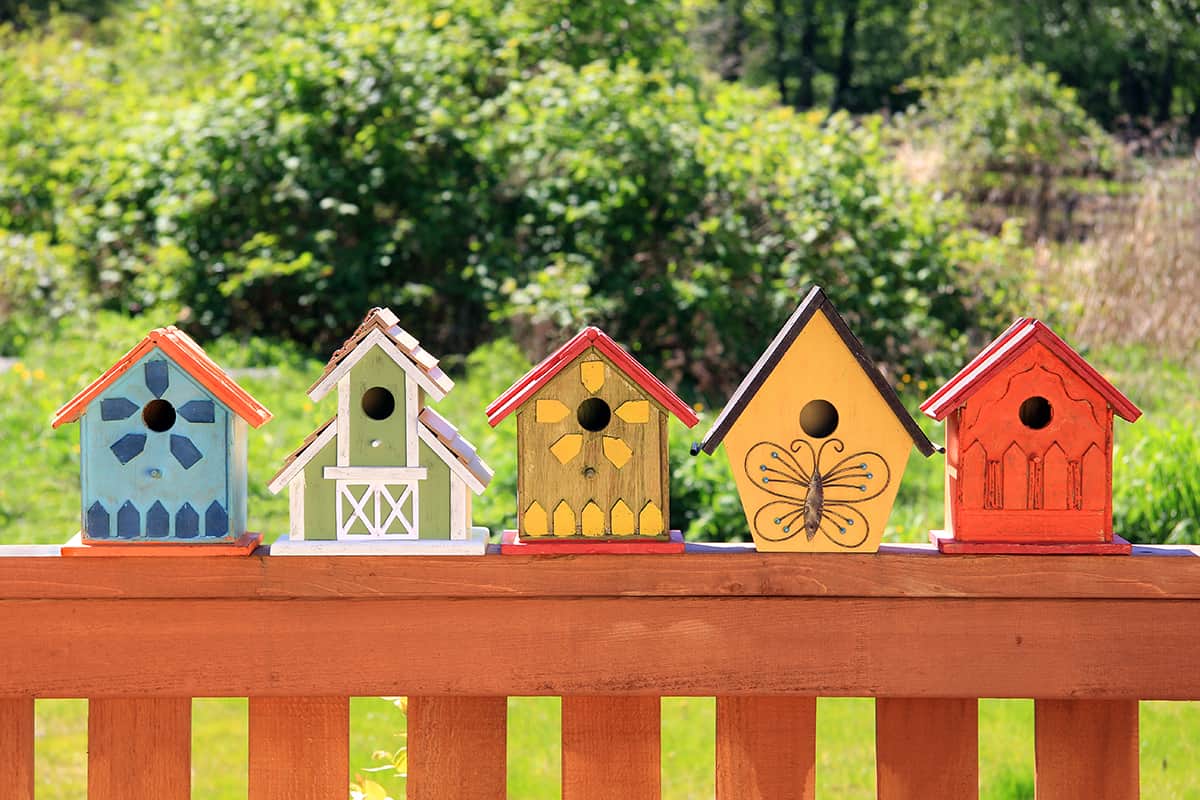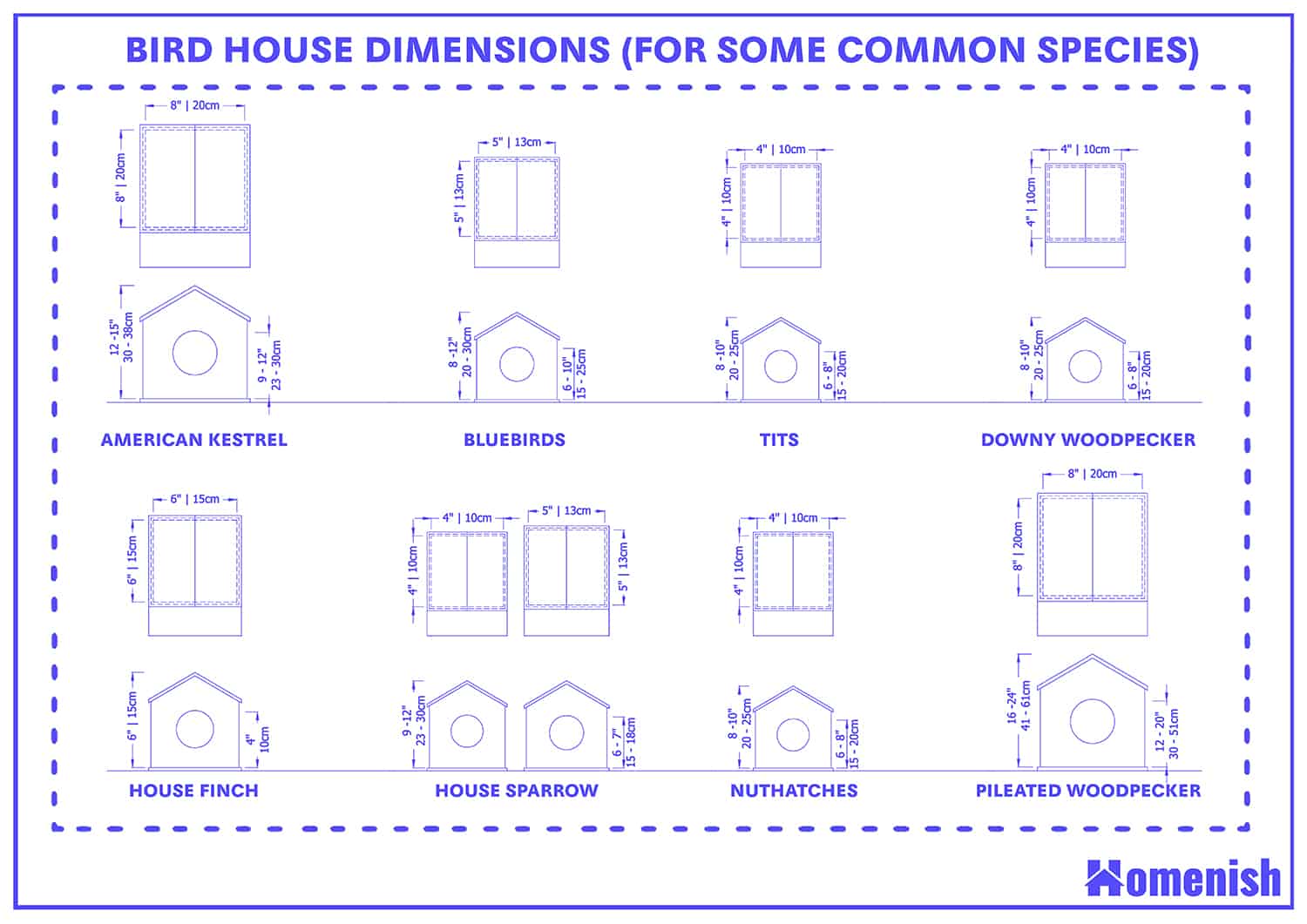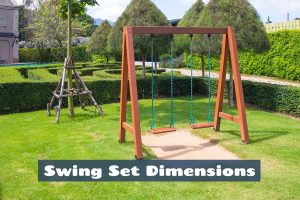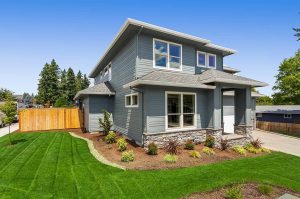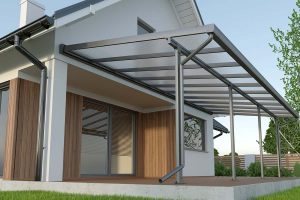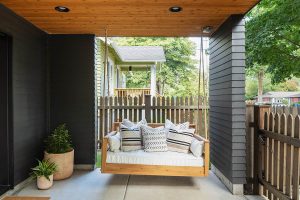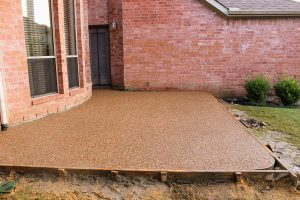Many species of birds are struggling to cope with the effects of our modern world, as their natural habitats are destroyed, and safe environments are becoming increasingly less available. To help local birds, installing a birdhouse in your garden can provide them with a safe space to live.
You could buy a birdhouse or build one yourself, but first, you will need to consider the best size for a birdhouse so that it attracts the right types of birds.
Determining Factors for Birdhouse Size
Size of Adult Birds
The size of a birdhouse needs to be big enough for the adult birds to comfortably get in and out without damaging their feathers, which could make them vulnerable to predators.
There also needs to be enough space to allow for adequate ventilation within the house once the adult birds are settled. Remember, they will also be coming and going from the house carrying food, so there also needs to be space for them to bring food back to the house to feed each other or to feed their young.
Although adult birds do need a certain amount of space to be safe and comfortable, you will also need to make sure the birdhouse isn’t too big; otherwise, predators will be able to get into it.
Typical Brood Size
The number of eggs a species of bird typically lays will affect the size of the birdhouse they choose to nest in. Species of birds who only lay a few eggs will not need as much floor space, so they are likely to choose small houses, while birds who lay many eggs will need a birdhouse with a larger base.
The base of the house will not only need to accommodate the number of eggs, but the space will need to be big enough for the eggs to be rearranged if necessary, as some birds will do this to ensure the eggs incubate properly.
Size of Fledglings
Some types of birds will leave the family and find their own way in the world when they are still quite small in size, while others will be almost adult size when they emerge from the family nest. Altricial birds hatch when they are still very undeveloped, and they will need to be cared for by their parents until they reach maturity.
These types of birds will require a bigger birdhouse in order to accommodate the size of the brood until they move on. Precocial birds are more advanced when they hatch and are able to take care of themselves almost immediately, and therefore they will leave the family nest when they are quite young and small, so these types of birds won’t require big birdhouses.
Safety
The safety of the birds who are going to nest in the birdhouse is paramount when you are planning to build one or install one outside your home. The birdhouse needs to be big enough to allow air to circulate to give the birds the best chance to be healthy and have good temperature control, but it shouldn’t be so big that predators can get easy access to the birds.
Most birds like to feel safe and cozy in their birdhouse, so it should be just big enough to accommodate the size of their family, but not much bigger because it will feel too spacious, and the birds won’t want to stick around. Birdhouses that are too big will also struggle to retain heat, which can be a death sentence for young chicks.
As well as choosing a birdhouse of the right size, you will also need to install it at the correct height so that predators can not get easy access to the birds nesting inside.
Ideal Birdhouse Sizes for Different Species
If there is a particular type of bird you are trying to attract, which you know is local to your area, then choose a birdhouse that is a suitable size for their species. It is not uncommon for a birdhouse to be vacant for months or even years before a family of birds takes residence.
You may need to be patient if birds are not taking up your offer of accommodation or check the internal size measurements to see that it suits species local to you.
American Kestrel
- Internal floor space: 8 by 8 inches
- House height: 12 to 15 inches
- Entrance height from floor level: 9 to 12 inches
Bluebirds
- Internal floor space: 5 by 5 inches
- House height: 8 to 12 inches
- Entrance height from floor level: 6 to 10 inches
Tits
- Internal floor space: 4 by 4 inches
- House height: 8 to 10 inches
- Entrance height from floor level: 6 to 8 inches
Downy Woodpecker
Internal floor space: 4 by 4 inches
House height: 8 to 10 inches
Entrance height from floor level: 6 to 8 inches
House Finch
- Internal floor space: 6 by 6 inches
- House height: 6 inches
- Entrance height from floor level: 4 inches
House Sparrow
- Internal floor space: 4 by 4 inches or 5 by 5 inches
- House height: 9 to 12 inches
- Entrance height from floor level: 6 to 7 inches
Nuthatches
- Internal floor space: 4 by 4 inches
- House height: 8 to 10 inches
- Entrance height from floor level: 6 to 8 inches
Pileated Woodpecker
- Internal floor space: 8 by 8 inches
- House height: 16 to 24 inches
- Entrance height from floor level: 12 to 20 inches
Purple Martin
- Internal floor space: 6 by 6 inches
- House height: 6 inches
- Entrance height from floor level: 1 to 2 inches
Red-Bellied Woodpecker
- Internal floor space: 6 by 6 inches
- House height: 12 to 14 inches
- Entrance height from floor level: 10 to 12 inches
Tree Swallow
- Internal floor space: 5 by 5 inches
- House height: 6 to 8 inches
- Entrance height from floor level: 4 to 6 inches
Wren
- Internal floor space: 4 by 4 inches
- House height: 6 to 8 inches
- Entrance height from floor level: 4 to 6 inches
